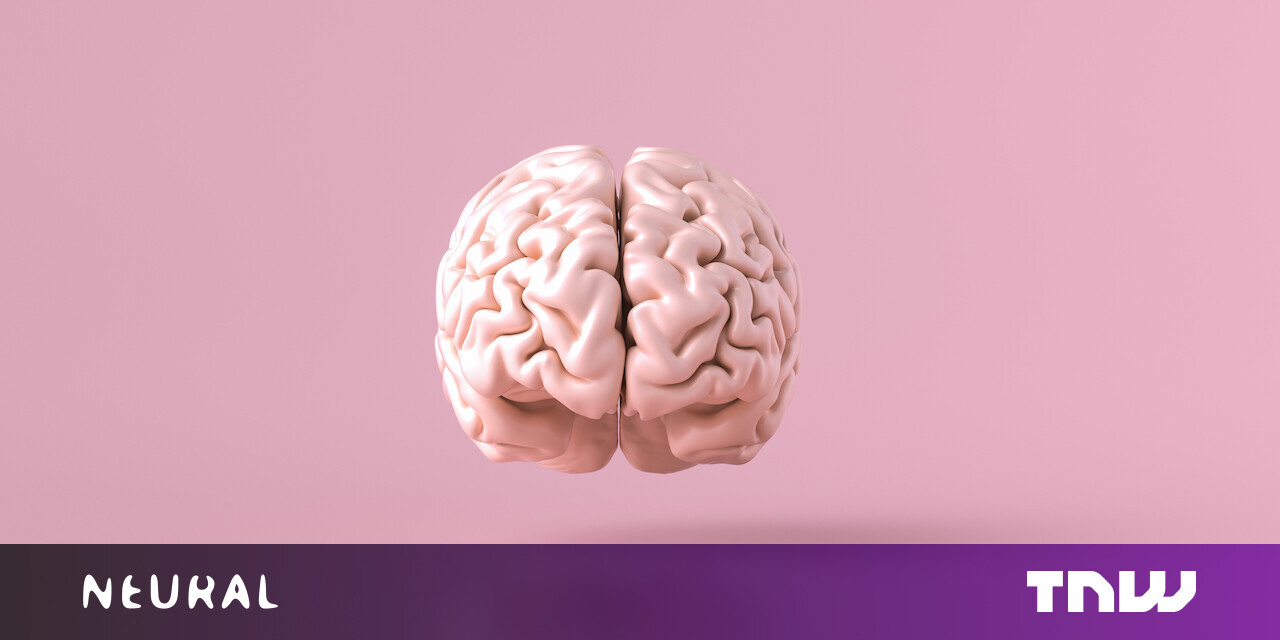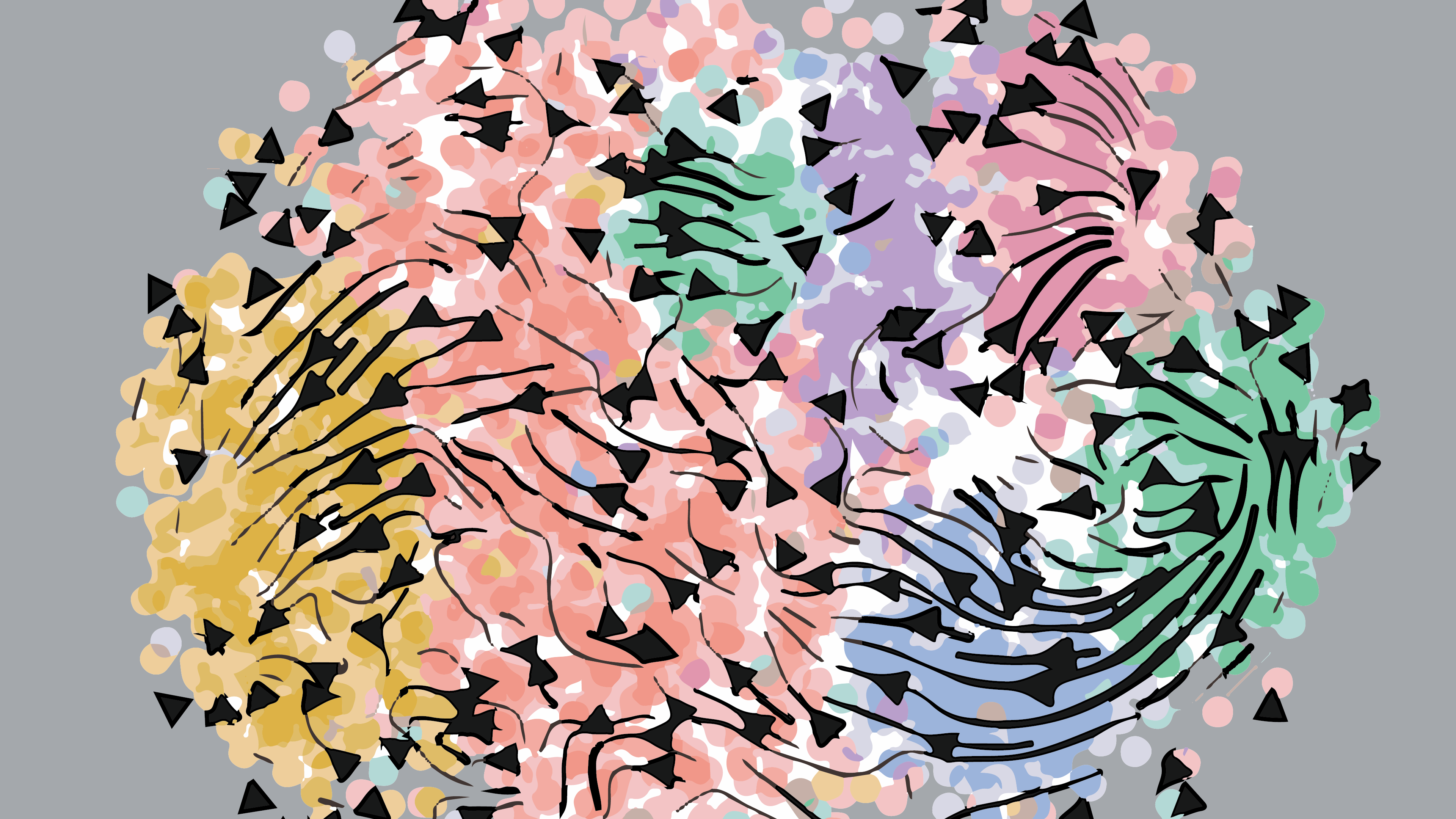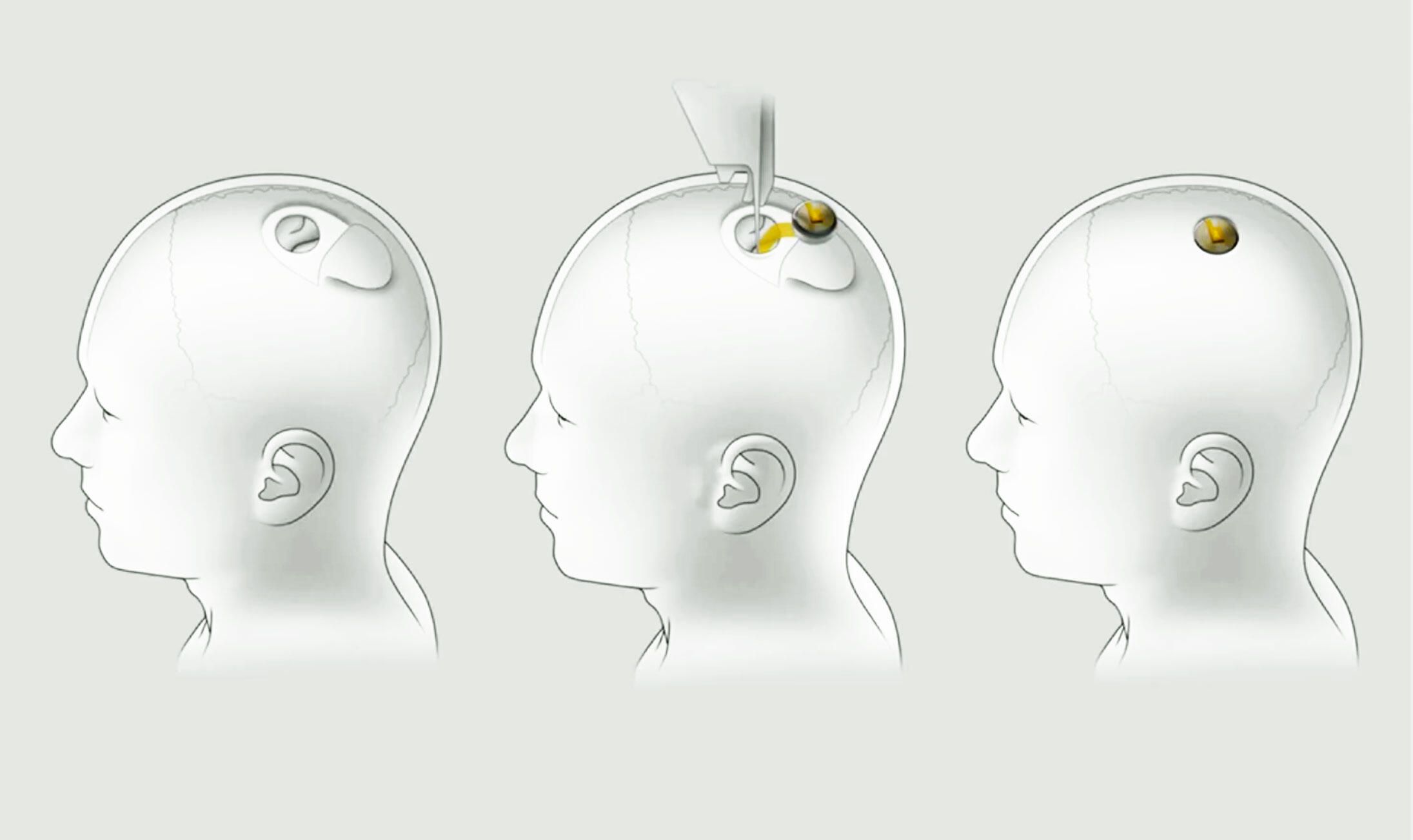
Neural compass in the human brain during naturalistic virtual navigation
Humans and animals maintain a consistent representation of their facing direction during spatial navigation. In rodents, head direction cells are believed to support this “neural compass”, but identifying a similar mechanism in humans during dynamic naturalistic navigation has been challenging. To address this issue, we acquired fMRI data while participants freely navigated through a virtual reality city. Encoding model analyses revealed voxel clusters in retrosplenial complex and superior parietal lobule that exhibited reliable tuning as a function of facing direction. Crucially, these directional tunings were consistent across perceptually different versions of the city, spatially separated locations within the city, and motivationally distinct phases of the behavioral task. Analysis of the model weights indicated that these regions may represent facing direction relative to the principal axis of the environment. These findings reveal specific mechanisms in the human brain that allow us to maintain a sense of direction during naturalistic, dynamic navigation.















/cdn.vox-cdn.com/uploads/chorus_asset/file/25452998/MSI_Claw_Verge_Sean_Hollister_1_10.jpg)







